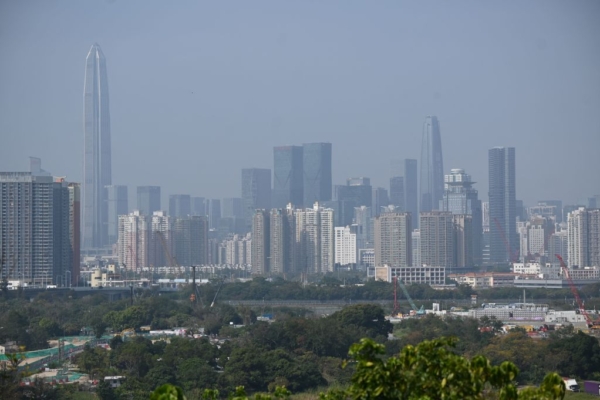On Wednesday, September 18, a 10-year-old boy attending a Japanese school in Shenzhen, Guangdong Province, China, was attacked by a man with a knife on his way to school. The latest update indicates that the boy passed away despite efforts to save him after being taken to the hospital.
According to the Japan Broadcasting Corporation (NHK), the victimized boy was reported to have passed away in the early hours of Thursday, September 19, as stated by the Japanese Consul General stationed in the area.
The 44-year-old male suspect was immediately arrested at the scene, however, the motive behind the attack remains undisclosed.
On the morning of September 18, the boy was on his way to school accompanied by his mother when he was assaulted by a knife-wielding man. It was reported that the boy was riding on an electric bicycle with his mother when the attack happened approximately 200 meters from the school gate on the sidewalk.
Witnesses recounted how the mother, witnessing her son being attacked right before her eyes, screamed in horror and called for help.
The local police department in Shenzhen issued a public security bulletin stating that there was an incident of a knife attack on a pedestrian in the jurisdiction of Zhaoshang Street, Nanshan District, Shenzhen, around 8 a.m. on September 18, which resulted in injuries to the minor victim named Shen. The nationality and family background of the boy are currently unknown.
On the day of the incident, Deputy Foreign Minister Masataka Okano summoned the Chinese Ambassador to Japan, Wu Jianghao, expressing “grave concern” and calling for heightened security around Japanese schools in China to ensure the safety of Japanese nationals.
Hiroshi Moriya, the Deputy Chief Cabinet Secretary, mentioned in a press conference on Wednesday morning, “From the perspective of protecting Japanese nationals, we have requested the local government to prevent such incidents from happening again and to share detailed information.”
Regarding safety concerns at Japanese schools in China, he stated, “So far, the embassies abroad have provided guidance on security measures, and in the budget application for the next fiscal year, 350 million yen has been allocated for the security expenses of school buses in China.”
Established in 2008, the Shenzhen Japanese School, according to its official website, has a total of 273 students, including 216 elementary school students and 57 middle school students. Admission to the school requires either Japanese nationality or non-Chinese citizenship.
Adjacent to Hong Kong, Shenzhen was designated as the first economic zone in mainland China in 1980 and is known as the “Silicon Valley of China,” serving as the birthplace of leading IT companies and high-tech industries in China.
Many Japanese companies have set up their headquarters here, with approximately 3,600 Japanese residents living in the area last year, making it the fifth-largest Japanese population residing in mainland China.
In June of this year, a Japanese school bus was attacked by a man wielding a knife in Suzhou, Jiangsu Province, resulting in injuries to a Japanese mother and son, with the Chinese woman, Hu Youping, who tried to stop the attacker, losing her life.
Following the incident, some Japanese schools have required parents or guardians to accompany children to and from school and urged students not to speak Japanese loudly in public places.
In recent years, due to anti-Japanese education and propaganda by the Chinese Communist Party, attacks targeting Japanese individuals have occurred. These incidents have caused anxiety and fear within the local Japanese community.
September 18 marks the anniversary of the “Mukden Incident” in 1931 when military conflicts erupted between the Northeast Army of China and the Kwantung Army of Japan, marking the beginning of the Sino-Japanese War.

